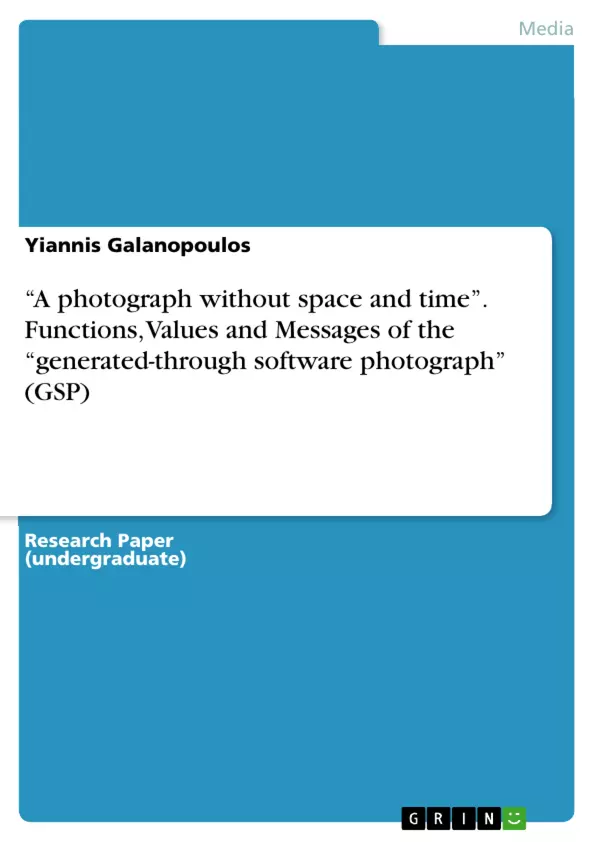Garry Winogrand was one of the last masters of so called modern photography. A photojournalist and art photographer, using a Leica reflex camera loaded with a 28mm lens and a TriX 400 iso film, he rose to fame for his street pictures taken extensively across the United States, and across several foreign countries. Winogrand began his entanglement with photography in the 1950s. He created numerous images and produced five published monographs before his death in 1984. One of his famous quotes summarizes his perceptions about photography, as follows:
“A work of art is that thing whose form and content are organic to the tools and materials that made it. Still photography is a chemical, mechanical process. Literal description or the illusion of literal description is what the tools and materials of still photography do better than any other graphic medium. A still photograph is the illusion of a literal description of how a camera saw a piece of time and space. Understanding this, one can postulate the following theorem: Anything and all things are photographable. A photograph can only look like how the camera saw what was photographed. Or, how the camera saw the piece of time and space is responsible for how the photograph looks. ….I like to think of photographing as a two-way act of respect. Respect for the medium, by letting it do what it does best, describe. And respect for the subject, by describing as it is. A photograph must be responsible to both.” (Garry Winogrand, Austin Texas, 1974, photograpy quotes.com, 2011)
Since then, a lot has changed. We are experiencing a shift in traditional ways of displaying and producing photographs. On the one hand, photographs are now displayed via projectors, digital frames, digital family albums, blogs, and massively on web sites. On the other hand, photographs are now produced with digital cameras, or are generated-through-software without the use of a camera (GSPs; Computer generated images and composites; digitally manipulated images). Winogrand’s condensed statement concerns the function and the value of photography as a medium and as a process; the relationship between the photographer and his medium; and the photographic image as a product of representation. In other words, it concerns the relationship between artistic expression and image interpretation. [...]
Table of Contents
- Introduction
- Functions, values, meanings, and messages in the age of mechanical reproduction
- Functions, values, and meanings/messages of the GSP
- Semiotics of the GSP
- Conclusion
Objectives and Key Themes
This paper analyzes the impact of the generated-through-software photograph (GSP) on the functions, values, and meanings assigned to photographs, examining how these changes affect the relationship between artistic expression and image interpretation. The author investigates how the GSP alters the vision/perspectives and practices of photographers, its impact on the relationship between photographers and the camera, and its implications for the value of photographic reproduction and its connection to reality, representation, and truth. The paper also explores the interpretation of the GSP's meaning/message and the discursive tensions arising from these nuances in society.
- The evolution of photographic functions, values, and meanings in the digital age.
- The impact of GSPs on the relationship between artistic expression and image interpretation.
- The significance of the GSP's influence on photographers' vision, perspectives, and practices.
- The role of semiotics in understanding the GSP's unique code and decoding process.
- The challenges and opportunities posed by the GSP in relation to reality, representation, and truth.
Chapter Summaries
- The introduction examines Garry Winogrand's perspective on photography and introduces the concept of the GSP, highlighting its impact on traditional photographic practices and the relationship between artistic expression and image interpretation.
- The chapter "Functions, values, meanings, and messages in the age of mechanical reproduction" explores how photography was perceived in the era of mechanical reproduction, examining the work of influential figures like Walter Benjamin, Roland Barthes, Charles Sanders Peirce, and Vilém Flusser. The chapter discusses the significance of new perspectives, photomontage, the concept of "aura," and the coded language of representation in analog photography.
Keywords
The main keywords and focus topics of this text include generated-through-software photograph (GSP), digital imaging, artistic expression, image interpretation, photographic reproduction, reality, representation, truth, semiotics, coded language, decoding, vision, perspectives, practices, photographers, camera, apparatus, and the impact of technology on visual culture.
- Citar trabajo
- Yiannis Galanopoulos (Autor), 2011, “A photograph without space and time”. Functions, Values and Messages of the “generated-through software photograph” (GSP), Múnich, GRIN Verlag, https://www.grin.com/document/180321



